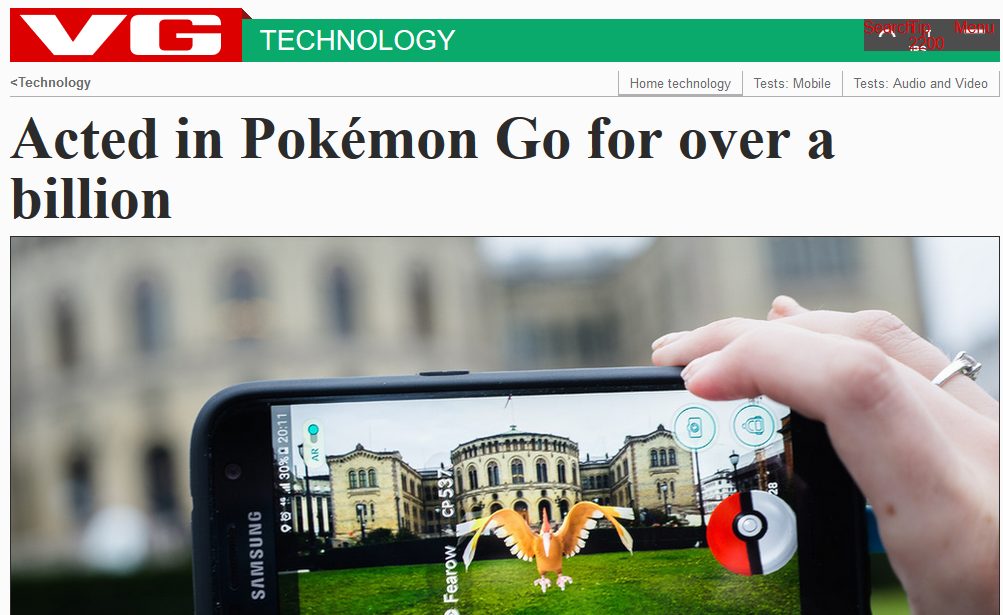Scandinavium #4: Billions and "billions"
{725 words, 2 figures, 4 minutes}
"Scandinavium" is a regular column where I write about the elements of daily life in Norway and Scandinavia.
One of the first topics in my first research project meeting was an overview of the budget and I noted with curiosity that certain portions or "work packages" of the budget were allocated in units of "kilokroner" (kNOK), which is 1,000 kroner (about $125 USD). For example, one work package might be related to battery assembly and testing, with 250 kNOK ($30K USD) allocated to labor hours and 50 kNOK ($6K USD) for direct costs of laboratory supplies. This was my first encounter with SI units of money and I was quite intrigued by it.
Upon further research, I discovered to my dismay that "MNOK" stands for "millioner kroner" (tr. "millions of kroner") [1] and not megakroner ("-er" is a common modifier for plural in Norwegian). This is equivalent to 10^6 kroner or roughly $125,000 USD at current exchange rates. Still, it seems natural that what then follows is that BNOK is used to represent "billioner kroner" (for example, "1.5 billion Norwegian kroner (BNOK)" [2]). This, however, is where things get tricky and are not what they seem.
Norway is under what is called the long scale system, or formerly the "UK/British" counting system, so "billion" in the long scale is actually 10^12 or a trillion under the short scale system, which is sometimes called the "US/American" system. (NB: you can read about long and short scales in depth at Wikipedia.) But if that's true, then what is in between 10^6 and 10^12? The value of 10^9 or billion (short scale) is milliard (long scale). Thus, 10^9 kroner is actually called "milliard kroner". For example:
By extrapolation, I originally thought that TNOK would be used for trillion kroner and KNOK for kvadrillion kroner (admittedly, much of my motivation for writing this post rested in my hope of using "QNOK" for quadrillion). However, things change with knowledge about the short and long scale discrepancies. The actual progression in the long scale in Norwegian is milliard (10^9), billion (10^12), billiard (10^15), trillion (10^18), trilliard (10^21), kvadrillion (10^24), and so on. Since the US GDP, which is the world's largest economy, is roughly $15 trillion (short, 10^12) USD or 120 billion (long, 10^12) kroner, "KNOK"/"QNOK" sadly won't likely be used except in cases of hyperinflation and/or hypothetical Death Star-scale projects (with literally astronomical prices!).
Lastly, let's not forget the finance sector's preference to use "MM" to mean million, based on the Roman numeral system of "M" to mean "thousand". Aren't multiple standards wonderful? Pardon my digression.
Upon further reflection, admittedly, this isn't exactly a difficult issue, because it seems that Norwegian language articles will use the long scale system while English language articles in Norway will use the short scale system. Thus, complications are only likely to occur when reading Norwegian texts from an English-speaker's perspective. Still, we ought to do away with these silly billion and trillion terms, as neither the US nor the UK systems are free of faults. The US, in its classical manner of inaccurate cultural (mis)appropriation, redefines the existing meanings of "billion" and "trillion" (although "million" is preserved, it's debatable whether that exception earns merit or pity). Meanwhile, the UK two-suffix system of -illion followed by -illiard with a common initial letter makes abbreviations ambiguous, necessitating other inelegant abbreviations, such as "mn/bn" for million/billion or "Mrd/Md(s)" for milliard(s).
All in all, I can only conclude that the SI system should really be used to remove ambiguity but mostly so we can use cooler terms like megadollars, gigadollars, and teradollars. Look at how ugly it was to read the GDP phrase in the above. Now compare it to this: the US GDP, the world's largest economy, is roughly $15 teradollars or 120 terakroner. A B2 Spirit stealth bomber costs just over $1 gigadollar. Wells Fargo was just fined by the Consumer Financial Protection Bureau and others for $185 megadollars (those are some big dollars!). Isn't this beautiful?
I hereby pledge to include Si units in all references to currency in my daily life. Please help me grow this and make it a thing. A big thing. One might say, a mega-thing. And once we get rich from doing so, we can call ourselves mega-dollarnaires.
References
[1] Korrekturavdelingen. Retrieved 6 Oct 2016 from http://www.korrekturavdelingen.no/Forkortelser/Forkortelser_m.htm.
[2] NIFU. (2005). "Evaluation of the DEMO 2000 program." Retrieved 6 Oct 2016 from http://www.nifu.no/publications/966931/.
[3] Bjørn, Camila. (01 Aug 2016). "Handlet i Pokémon Go for over en milliard kroner." Retrieved 6 Oct 2016 from http://www.vg.no/forbruker/teknologi/pokemon-go/handlet-i-pokemon-go-for-over-en-milliard-kroner/a/23752872/.

![Translation via Google Translate: "Sales in Pokémon Go reach over 1 billion kroner." [3]](https://images.squarespace-cdn.com/content/v1/579fb4922994ca0eff85ea28/1476634748905-K3SBYDZM280F63ZEQZRI/milliard_PokemonGo)





